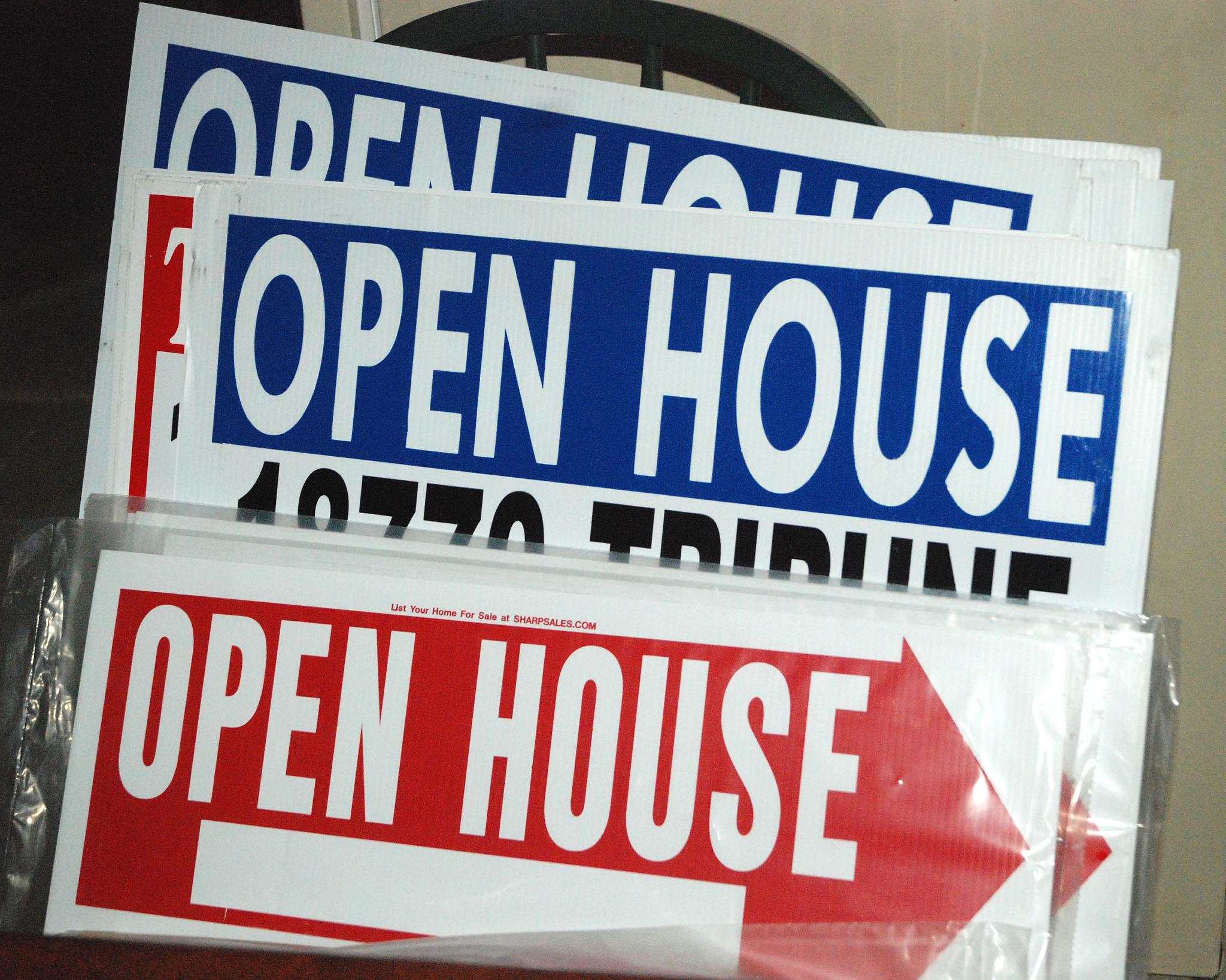For more than a year I’ve warned that the housing market would retreat with wicked vengeance, with reverberations moving through the US economy as it did earlier in other countries. Today’s Fortune story “Getting real about the real estate bubble” rips apart some of the myths sustaining the bubble.
Shawn Tully whacks the hell out of four bubble myths: “As long as job growth is strong, prices can’t go down”; “the builders learned their lesson in the last downturn. They won’t swamp the market with new houses when the market turns”; “low interest rates will keep values rising, or at the very least, put a floor under prices”; “restriction on development in the suburbs ensure low supply, and guarantee rising prices”.
Bottom line: After years of phenomenal growth, “nationwide, median [house] prices rose .9 percent” in July, according to Fortune.
Shawn adds:
But even that meager number masks the real story. Prices actually fell where housing is most vulnerable, in the bubble markets in the West and Northeast. In the Northeast, they dropped 2.1 percent from July of 2005, at the same time prices nationwide rose around 3 percent, meaning that houses lost over 5 percent of their value adjusted for inflation.
There are now “reduced” signs all over my neighborhood, and we live in a place where people want to buy.
Today’s New York Times story “Home for Sale, by Anxious Owner“, explains some of the dangerous practices that appear to be pushing the bubble up (but appearances are deceiving). While the market has declined, home prices continue to rise in some markets. The Times explains why:
“Many sellers are offering thousands of dollars in perks, including straight cash, so they do not have to slice deeply into asking prices. But these discounts are almost entirely missing from the statistics on new-home prices”.
The Times further explains that “the use of rebates” helps make “the real estate market look healthier than it may truly be and by preventing a snowballing decline in home prices. It also keeps commissions for real estate agents higher than they would otherwise be”.
Why does this real estate bubble remind me of the dot-com boom and bust of the late 1990s?
Photo Credit: Kent Kanouse
Editor’s Note: On July 30, 2017, this post was recovered, using Archive.org Wayback Machine, from a snapshot of joewilcox.com during 2006, when months of content was lost while changing blogging systems and webhosts. Date and timestamps are authentic.
